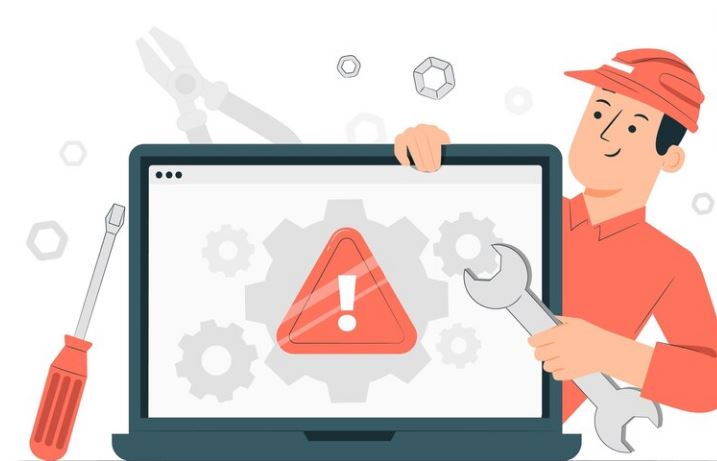The confusing Error 403, a digital barrier that suddenly stops streaming, has been plaguing an increasing number of SmartTube users in recent months. This error, which is frequently referred to as “Forbidden,” indicates that although the server understands the request, it will not grant access. For users who have grown to depend on SmartTube’s streamlined and ad-free interface for their viewing pleasure, the implications are especially annoying.
Error 403’s appearance has spurred extensive conversations on a number of platforms, with users exchanging stories and looking for fixes. Clearing the app’s cache and data has provided some users with short-term respite, while others have turned to VPNs in order to get around possible regional restrictions. These fixes, however, are frequently temporary because the error usually reappears, pointing to more serious underlying problems.
| Aspect | Details |
|---|---|
| Error Message | 403 Forbidden |
| Common Causes | Server-side restrictions, API changes, outdated app versions |
| Affected Features | Video playback, especially pre-recorded content |
| Temporary Fixes | Updating to latest app version, clearing cache, reinstalling app |
| Developer Response | Regular updates addressing the error, user support via forums |
| User Community Feedback | Mixed experiences; some report success with fixes, others continue facing issues |
| Alternative Solutions | Using VPNs, switching to other third-party apps |
There has been conjecture regarding the underlying causes of Error 403 due to its persistence. Recent changes to YouTube’s infrastructure, according to some users, may be purposefully or inadvertently blocking third-party apps like SmartTube. Given that SmartTube functions without official YouTube support, it may be susceptible to such disruptions, which lends credence to this theory.
Users are sharing their experiences with Error 403 in GitHub issues and community forums. A user reported, “After updating to the latest version, videos won’t play, but live streams still work perfectly.” Another wrote, “Clearing cache and data provided a temporary fix, but the error returned after a few hours.” Users are left feeling uncertain by these anecdotes, which highlight how inconsistent and unpredictable the error is.

In an effort to address the problem, developers have responded quickly, releasing several updates. In rapid succession, versions 26.93, 26.95, and 26.96 were released, all of which promised to address the 403 error. The intricacy of the issue was highlighted by the fact that although some users reported success with these updates, others kept getting the error.
There are wider ramifications for the streaming sector from this situation. Official platforms frequently ignore the need for ad-free experiences, which third-party apps like SmartTube fill. But SmartTube’s problems highlight how hard it is to function without official support, particularly when platform providers can make changes that interfere with functionality.
The balance of power in the digital ecosystem and user autonomy are called into question by this dynamic. Platform providers prioritize their business models, which frequently depend on advertising revenue, while users want control over their viewing experiences. Situations where user preferences and platform policies conflict, such as the SmartTube Error 403, highlight the conflict between these interests.
Despite these difficulties, the SmartTube community continues to be strong. Users show a shared dedication to maintaining their favorite viewing experiences by continuing to assist one another and share workarounds. This grassroots backing emphasizes how crucial community is for negotiating the intricacies of contemporary digital platforms.
It functions as a case study for the continuous struggle between platform control and user agency as it develops. More than just a technical issue, SmartTube Error 403 is a sign of the larger conflicts that come with the digital age, where user experience, control, and access are constantly being renegotiated.



